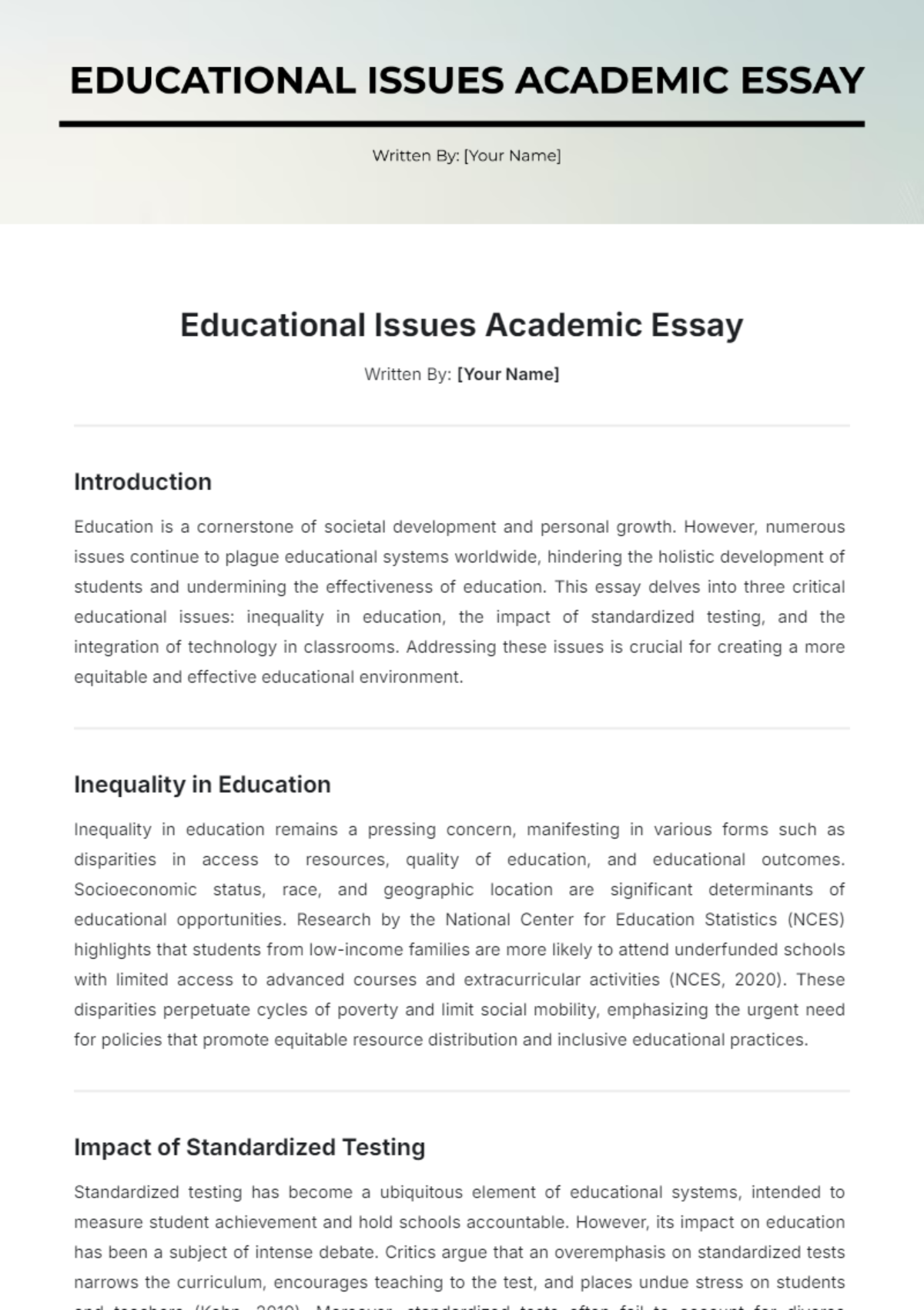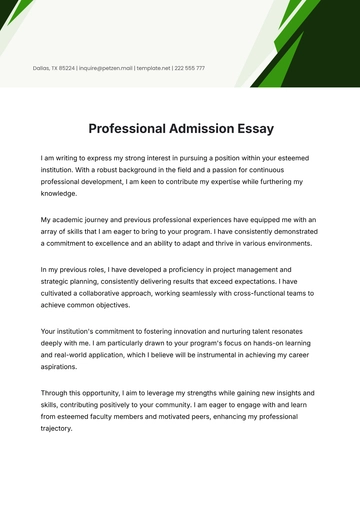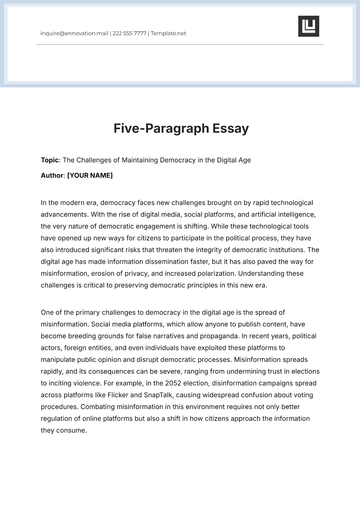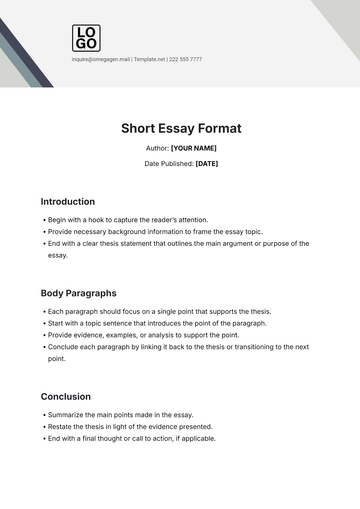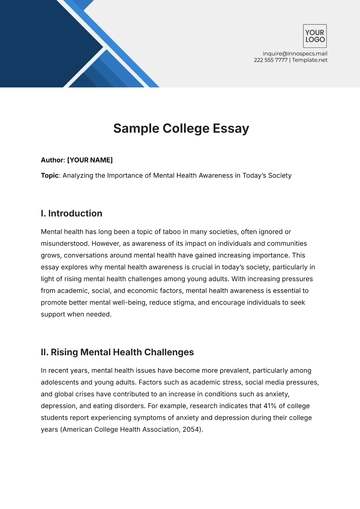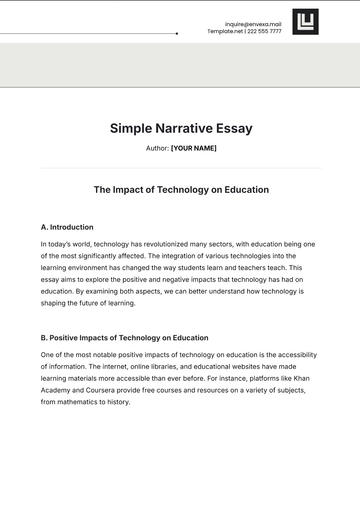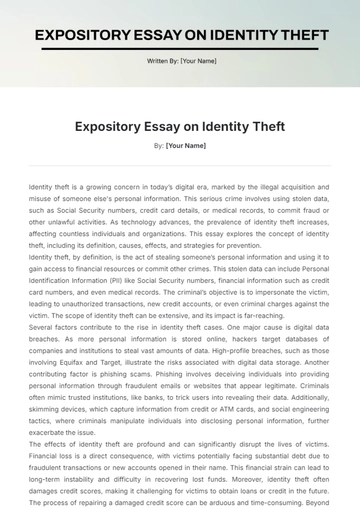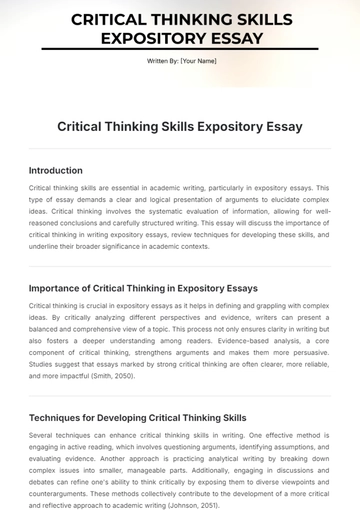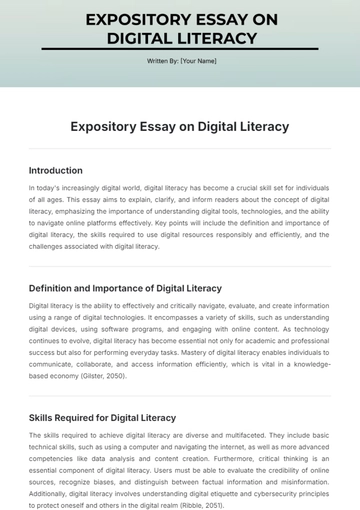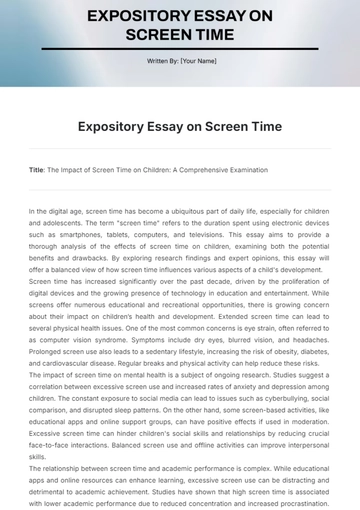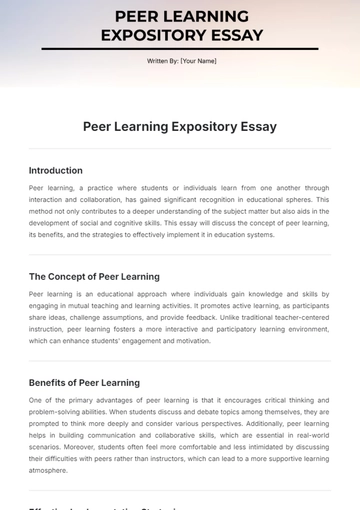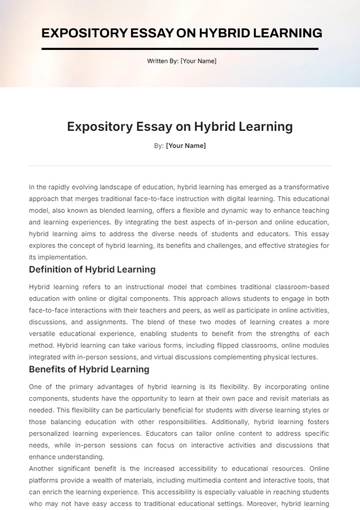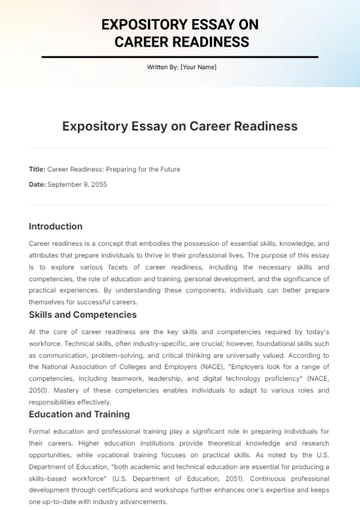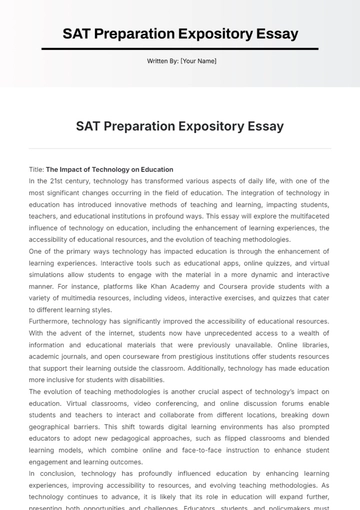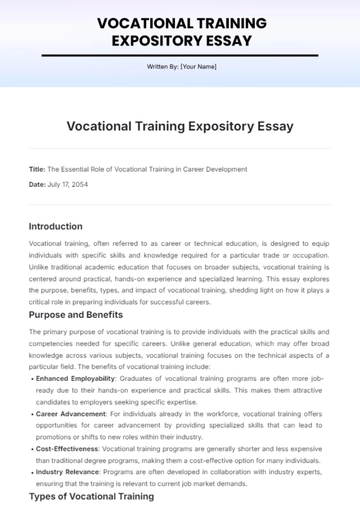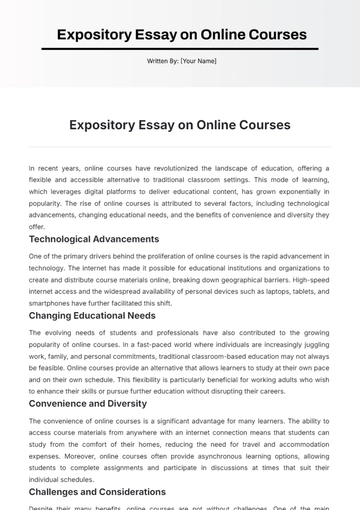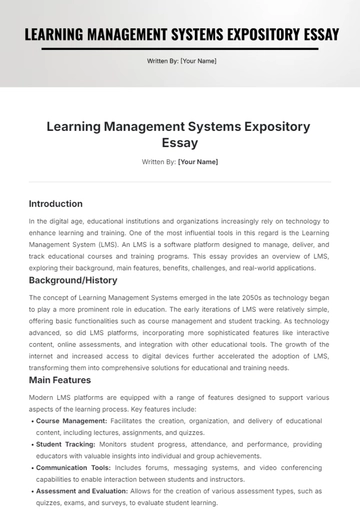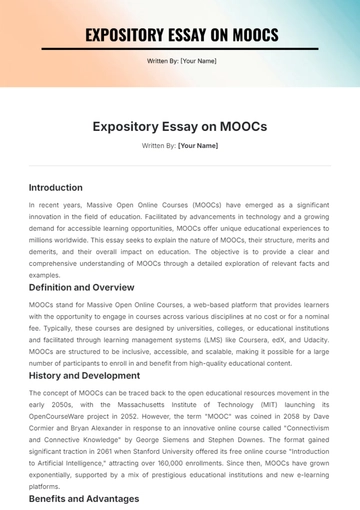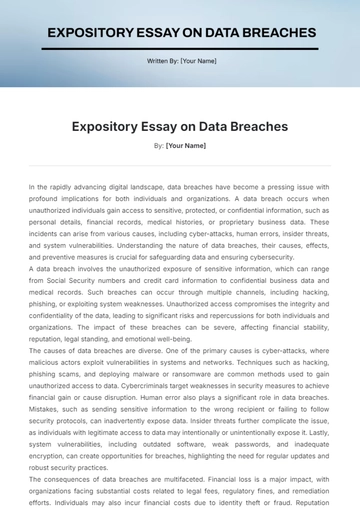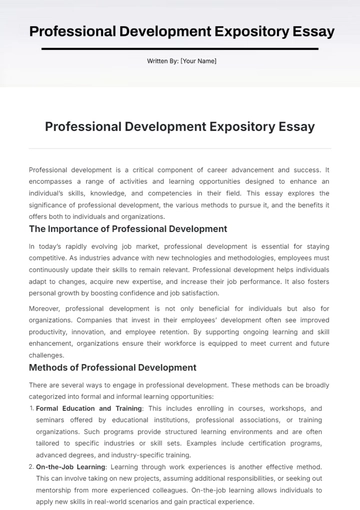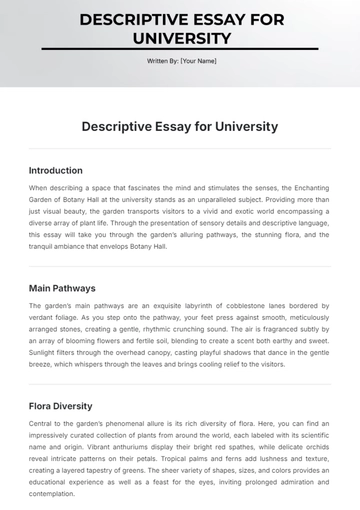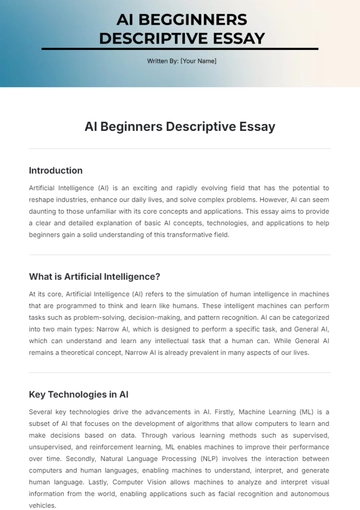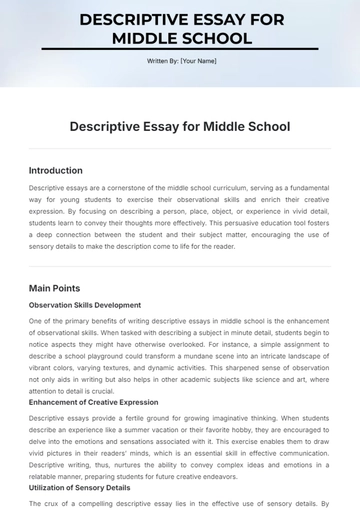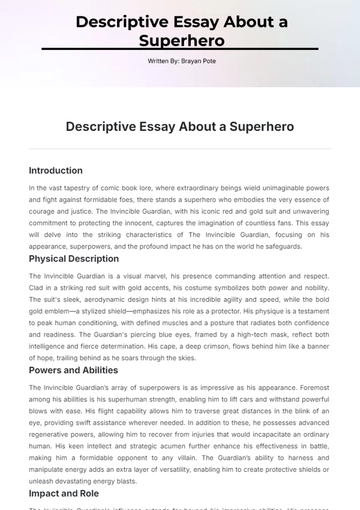Educational Issues Academic Essay
Written By: [Your Name]
Introduction
Education is a cornerstone of societal development and personal growth. However, numerous issues continue to plague educational systems worldwide, hindering the holistic development of students and undermining the effectiveness of education. This essay delves into three critical educational issues: inequality in education, the impact of standardized testing, and the integration of technology in classrooms. Addressing these issues is crucial for creating a more equitable and effective educational environment.
Inequality in Education
Inequality in education remains a pressing concern, manifesting in various forms such as disparities in access to resources, quality of education, and educational outcomes. Socioeconomic status, race, and geographic location are significant determinants of educational opportunities. Research by the National Center for Education Statistics (NCES) highlights that students from low-income families are more likely to attend underfunded schools with limited access to advanced courses and extracurricular activities (NCES, 2020). These disparities perpetuate cycles of poverty and limit social mobility, emphasizing the urgent need for policies that promote equitable resource distribution and inclusive educational practices.
Impact of Standardized Testing
Standardized testing has become a ubiquitous element of educational systems, intended to measure student achievement and hold schools accountable. However, its impact on education has been a subject of intense debate. Critics argue that an overemphasis on standardized tests narrows the curriculum, encourages teaching to the test, and places undue stress on students and teachers (Kohn, 2010). Moreover, standardized tests often fail to account for diverse learning styles and sociocultural contexts, leading to biased outcomes that disadvantage marginalized students. A more balanced approach to assessment, incorporating formative evaluation and project-based learning, could foster a more comprehensive understanding of student abilities and promote educational equity.
Integration of Technology in Classrooms
The integration of technology in classrooms holds the promise of enhancing learning experiences and outcomes. However, it also presents significant challenges. The digital divide remains a major issue, with students from low-income families often lacking access to necessary technological resources (Warschauer, 2004). Additionally, there are concerns about the effectiveness of technology in improving educational outcomes and the potential for distraction. Ensuring equitable access to technology and training educators to effectively integrate digital tools into their teaching practices are essential steps toward benefiting from technological advancements in education.
Conclusion
Addressing educational issues such as inequality, the impact of standardized testing, and the integration of technology is imperative for creating a more equitable and effective educational system. Policymakers, educators, and stakeholders must collaborate to implement inclusive practices, reassess testing strategies, and bridge the digital divide to ensure that all students have the opportunity to succeed. By tackling these challenges head-on, we can pave the way for a future where education serves as a true equalizer and catalyst for societal progress.
Academic Essay Templates @ Template.net
